If you’ve been appointed as an executor or administrator, one of your first tasks will be to list bank accounts on Texas probate inventory. It might sound simple, but as many executors quickly discover, gathering the right documents and accurately listing all bank accounts can quickly become overwhelming. Texasprobate courts require precise information, and failing to include everything could delay the estate process or even open you up to personal liability.
In this comprehensive guide, we’ll walk you step-by-step through the process to list bank accounts on Texas probate inventory, explain what documents you need to gather, and share real-life stories that illustrate common mistakes (and how to avoid them). Whether you’re preparing for independent administration or full dependent probate, understanding how to handle bank accounts correctly is crucial for a smooth estate settlement.

Why You Need to List Bank Accounts on Texas Probate Inventory
When a person dies owning property in Texas, their assets typically pass through the probate process unless otherwise excluded by law (like through payable-on-death designations or joint ownership with rights of survivorship). The executor must list bank accounts on Texas probate inventory to give the court, creditors, beneficiaries, and taxing authorities a complete picture of the estate’s assets.
Bank accounts often make up a significant portion of an estate’s value. Probate courts want full transparency to ensure debts are properly paid, taxes are calculated accurately, and beneficiaries receive the correct distributions.
Real-Life Story: John’s Costly Oversight
John was named executor for his aunt’s estate in Houston. He thought he had listed all of her assets but missed one old savings account that held over $25,000. Months after probate closed, a beneficiary discovered the account while cleaning out an old safety deposit box. John had to reopen probate, amend the inventory, face scrutiny from the court, and explain the oversight to frustrated family members. This simple omission led to unnecessary legal fees, stress, and embarrassment.
John’s situation highlights why it’s so critical to properly list bank accounts on Texas probate inventory at the beginning of the process.
What Qualifies as a Bank Account in Texas Probate?
Before you can correctly list bank accounts on Texas probate inventory, you need to identify which accounts should be included. Here are common types:
- Checking accounts
- Savings accounts
- Money market accounts
- Certificates of deposit (CDs)
- Brokerage cash accounts (sometimes depending on state and firm policies)
- Joint accounts without survivorship rights
- Business accounts (if the decedent owned a sole proprietorship)
Be aware that some accounts may not require probate if they have a validpayable-on-death (POD) or transfer-on-death (TOD) designation. However, you must carefully review each account to confirm its probate status.
Documents You’ll Need to List Bank Accounts on Texas Probate Inventory
Now that you know which types of accounts to include, let’s explore what documents you need to gather to properly list bank accounts on Texas probate inventory:
1. The Original Will (or Court Order of Administration)
You’ll need proof of your legal authority to collect information from financial institutions. Banks typically won’t release account information without:
- A certified copy of the Letters Testamentary (for executors)
- Letters of Administration (for administrators in intestate estates)

2. Account Statements
Obtain the most recent account statements for every account held in the decedent’s name. This includes:
- Monthly bank statements (paper or online versions)
- Year-end statements summarizing activity and balances
- Records of automatic deposits or withdrawals
3. Signature Cards or Account Agreements
If available, obtain copies of the original signature card or account agreement to verify ownership structure. This helps determine whether the account passes through probate or passes directly to named beneficiaries.
4. Beneficiary Designation Forms (POD or TOD)
Carefully review any POD or TOD beneficiary forms associated with each account. If properly executed and up-to-date, these accounts may bypass probate entirely and shouldn’t be included on the formal probate inventory.
5. Tax Identification Numbers
In some cases, you may need the account’s tax reporting information, especially for accounts earning interest, dividends, or involving trust administration.
6. Estate Bank Account Records
If you’ve already opened an estate checking account to manage probate funds, include its current balance on the inventory as well.
Real-Life Story: Martha’s Missing Beneficiary Form
Martha served as executor for her father’s estate. She assumed his savings account had a POD designation to her as sole beneficiary, based on a conversation they once had. Unfortunately, when she contacted the bank after his death, she learned that no beneficiary form had ever been submitted. The account—worth nearly $40,000—had to go through probate after all. Martha’s error taught her the importance of confirming documentation early when preparing to list bank accounts on Texas probate inventory.
How to Contact Financial Institutions to Obtain Records
Gathering documents to list bank accounts on Texas probate inventory often requires contacting multiple banks. Follow these best practices:
- Visit the branch in person if possible.
- Present certified Letters Testamentary or Administration.
- Bring multiple forms of identification.
- Request account balances as of the date of death.
- Ask for all account records, including dormant or closed accounts.
- Inquire about safe deposit boxes, which may contain additional financial information.
Most banks have a specific department that handles estate accounts. While many will cooperate readily, some may require formal probate court documentation before releasing sensitive financial data.
The Texas Probate Inventory Form: Where Bank Accounts Go
In Texas, executors file a formal Inventory, Appraisement, and List of Claims with the probate court. This document has specific sections where you must list bank accounts on Texas probate inventory. Bank accounts typically appear under:
- “Cash on Hand and in Banks”
- “Securities and Investments” (for certain brokerage accounts)
For each account, you must list:
- The name of the institution
- Type of account (e.g., checking, savings, CD)
- Last four digits of account number
- Balance as of the decedent’s date of death
The total value of all listed assets will determine the estate’s gross value for tax and distribution purposes.
Real-Life Story: Steven’s Audit Nightmare
Steven filed an incomplete probate inventory, accidentally listing approximate balances instead of exact figures for his late brother’s bank accounts. Unfortunately, a disgruntled beneficiary questioned the inventory’s accuracy, triggering a court audit. The court ordered Steven to produce detailed financial records and amend the inventory. The mistake caused lengthy delays in settling the estate.
Steven’s case illustrates why accuracy matters tremendously when you list bank accounts on Texas probate inventory. Courts expect precise information.
Special Issues: Joint Accounts and Survivorship Rights
Not all bank accounts automatically pass through probate. For joint accounts, ownership depends on how the account was titled:
- Joint tenancy with rights of survivorship (JTWROS): Passes directly to surviving owner outside of probate.
- Tenants in common or improperly documented joint accounts: May still require probate for the decedent’s ownership portion.
When you list bank accounts on Texas probate inventory, always verify the account’s legal ownership structure rather than assuming based on informal understandings.
Real-Life Story: Brian and His Father’s Joint Account
Brian held a joint checking account with his elderly father to help manage bills. After his father’s death, Brian assumed the money was his automatically. However, upon review, the account lacked survivorship language. Legally, half of the funds belonged to the estate and had to be included on the probate inventory.
Brian’s misunderstanding shows how joint accounts can create confusion when executors attempt to list bank accounts on Texas probate inventory.
What Happens If You Miss a Bank Account?
Omitting an account can cause serious consequences, including:
- Delayed probate closure
- Increased attorney fees
- Possible personal liability for the executor
- Probate reopening requirements
- Tax reporting errors

If you discover a missed account after filing the initial inventory, promptly contact your probate attorney to file an amended inventory with the court.
Tax Implications of Bank Accounts on Texas Probate Inventory
Including bank accounts on the inventory affects estate tax filings and income tax obligations:
- Texas does not have a state-level estate tax.
- Federal estate taxes apply for large estates above exemption thresholds.
- Interest accrued after death becomes income reportable by the estate.
An accurate inventory allows tax advisors to properly prepare required returns.
How to Simplify the Process: Executor’s Checklist
Here’s a simple checklist you can follow to stay organized while preparing to list bank accounts on Texas probate inventory:
- Review the will and court appointment documents.
- Contact all known financial institutions.
- Collect full account statements.
- Verify POD/TOD designations.
- Confirm ownership structure for joint accounts.
- List balances as of the exact date of death.
- Organize documents by institution.
- Work with your probate attorney to ensure compliance with court filings.
Staying systematic will save you time, stress, and potential legal headaches.
Real-Life Story: Lisa’s Organized Approach
Lisa’s mother passed away leaving several scattered bank accounts. Immediately after being appointed executor, Lisa made a master spreadsheet listing every institution, account number, balance, and ownership type. She documented her calls and emails with each bank. As a result, she filed a flawless probate inventory, avoided family disputes, and completed probate within a few months.
Lisa’s method demonstrates how organization makes it much easier to accurately list bank accounts on Texas probate inventory and minimize delays.
How Long Do You Have to File the Inventory in Texas?
Texas law requires executors to file the Inventory, Appraisement, and List of Claims within 90 days of receiving Letters Testamentary or Administration. However, extensions are sometimes granted if justified. Courts expect diligent efforts to locate all assets—including bank accounts—within that timeframe.
Failing to meet deadlines can lead to:
- Court fines
- Removal as executor
- Personal financial liability
- Contempt proceedings

The probate court takes the inventory filing very seriously because it forms the foundation for the entire estate settlement process.
Final Thoughts: Precision Matters When You List Bank Accounts on Texas Probate Inventory
Successfully managing a loved one’s estate starts with accurately gathering and presenting their assets. When you list bank accounts on Texas probate inventory, you build the cornerstone for every subsequent step of probate—from creditor claims to tax filings to final distributions.
Although this process may feel tedious, careful attention to detail saves months of frustration, prevents legal disputes, and honors your duty as executor. Gather your documents early, verify ownership structures, work closely with professionals, and always double-check your information before submitting anything to the court.
By following this methodical approach, you can confidently fulfill your role and carry out your loved one’s wishes while fully complying with Texas probate law.









